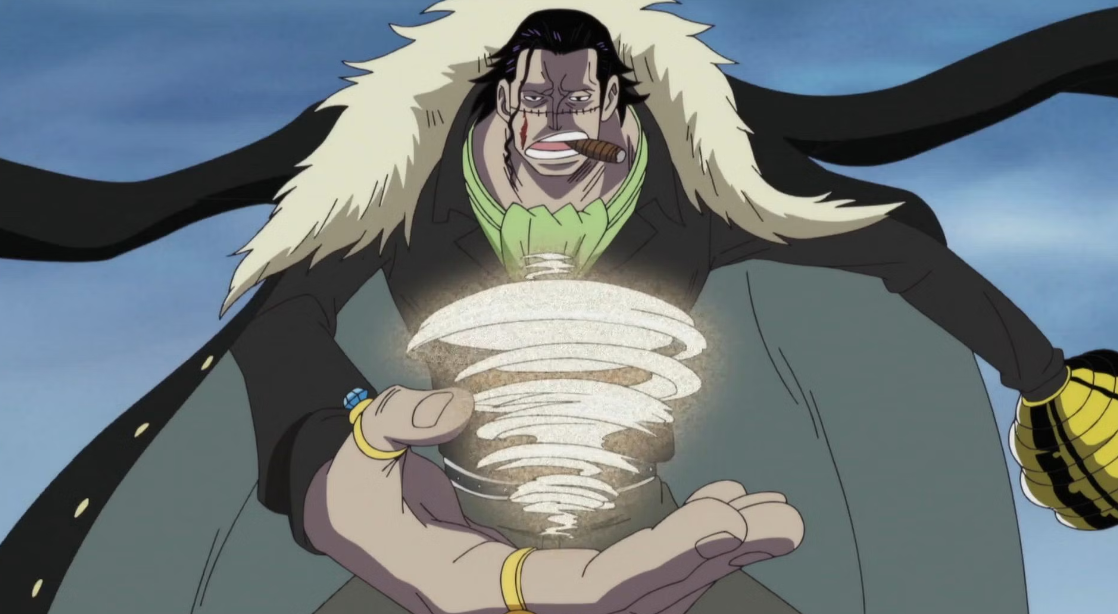Was there any system of social stratification in Vedic society? If so, what were the criteria?
Yes, there was a system of social stratification in ancient Vedic society, which was the society of the Vedic period in ancient India (circa 1500-500 BCE). The Vedic period is known for the development of the Vedas, a collection of ancient Hindu scriptures, and the emergence of Hinduism as a major religion.
In ancient Vedic society, there was a four-tier social hierarchy known as the varna system. This system was based on the concept of social stratification and divided society into four main classes:
Brahmins: Brahmins were the highest class in the social hierarchy and were responsible for spiritual and religious duties. They were considered to be the most pure and sacred class.
Kshatriyas: Kshatriyas were the second-highest class and were responsible for ruling and protecting society. They were warriors and rulers.
Vaishyas: Vaishyas were the third class and were responsible for trade and commerce. They were farmers, merchants, and artisans.
Sudras: Sudras were the lowest class and were responsible for serving the other three classes. They were laborers and manual workers.
In addition to the four main classes, there was a fifth class known as the "outcastes" or "untouchables," who were considered to be outside the social hierarchy and were considered to be polluted or impure. They were often subjected to discrimination and exclusion from mainstream society.
Overall, the criteria for social stratification in ancient Vedic society were based on a person's birth, occupation, and social status, with Brahmins being the highest class and Sudras being the lowest. The varna system was a rigid and hierarchical system that dictated a person's place in society and the roles that they were expected to fulfill.


Comments
Post a Comment